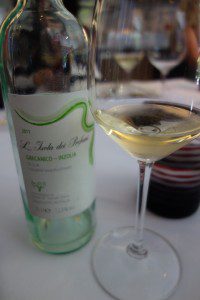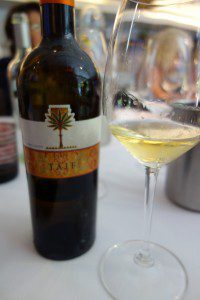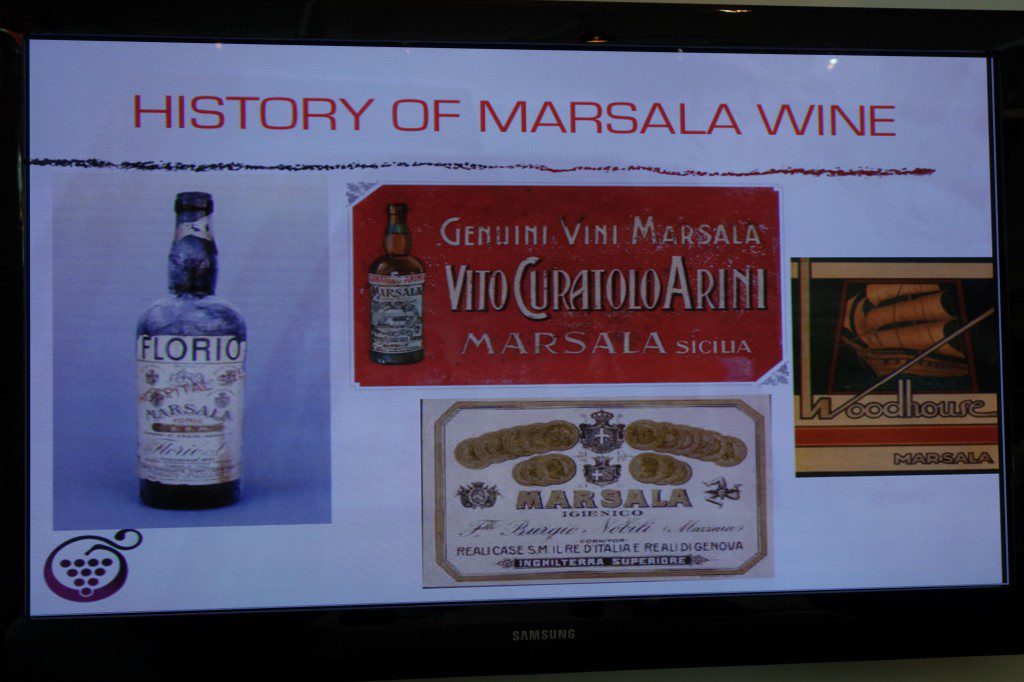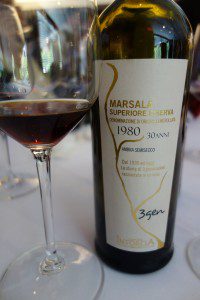17 Jun Italian Wine Focus: Sicilia
Seminar 3: Wines of Sicilia
Sicilia is the biggest island of the Mediterranean. The Northern part of the island is a continuation of Apennine Mountain chain. Wine production is concentrated on the western part of Silicia. The island is composed of 60% hill, 25% mountain and 15% flatland and the weather is very hot and windy. There is a great variety of soil, climate and land. The West has red soil (oxidized with iron); the South has clay; the East has limestone. In total, there are 111.2 hectares planted.
Silicia is a heritage of different cultures that have influenced the wine production in the area. 1500 BC, the Phoenicians brought grapes and began winemaking; 800 BC, the Greeks (enotria or land of wine) brought vine training systems (ie. Goblet system); 200 BC, the Romans perfected and continued the wine making tradition; 600 AD, the Arabs colonized Sicily and brought Moscato grapes to produce raisins to eat.
Over the last 10 years, there has been a decrease in production of wines in Sicilia and an increase in the quality of the wines produced. Today there is 1 DOCG wine and 23 DOC wines. Sicilia itself is a DOC.
GRAPES OF SICILIA:
Grillo – possibly brought by Phoenicians, citrusy and high in acidity, bitter aftertaste
Inzolia or Ansonica – possibly from Greece, fruity and flowery , low acidity, high alcohol
Catarratto – high yields, good structure and bitter finish
Grecanico – high alcohol, moderate complexity
Cantine Mirabella 2001 Grecanico, Marsala IGP
Harvested early in order to maintain acidity in wine, this wine is young, fresh and crisp. Nice structure, sapidity, straw yellow with green tints, nose of fruit and floral, excellent with seafood!
Isola dei Profuni 2011 (Grecanico (60%) and Inzolia (40%))
Straw yellow color, the Grecanico offers elegance and sapidity and the Inzolia gives structure and floral notes. Bright and refreshing, this wine has great acidity.
Fina Kebrillla Gilllo 2011
A unique version of Grillo, this wine is partially fermented in French oak and then age additional 4 months. Intense tropical fruit, pineapples, vanilla, sweet spices, orange blossom, great sapidity (the wines are influenced by the nearby ocean) – I want more of this wine!!!
Fino Taif Zibibbo 2011
Zibibbo, aka Moscato di Alessandria, Moscatel de Setabal, the name comes from “zibibb” which means dry grapes. Vinified as a dry wine at 13% alcohol, the wine has beautiful aromatics – apricots, lemon zest, tangerine peel, sage, seawater and is smooth, balanced and acidic.
Alcesti Nesos 2010 Nero d’Avola
Grapes come from Marsala (structure, less acidity) and Agrigento (elegance with more acidity); Red roses, cherries, strawberries, dried fruits, figs, pair with red meat, game and soft cheese, low tannins
MARSALA
Marsala is the #1 produced DOC wine in Silicila. Marsala is a town in the Province of Trapani and the biggest district in Europe for quality wine intensity of vineyards and quantity of production. Half of the production of wine in Sicily comes from Marsala, as well as famous foods such as tuna, caperi (capers) in salt brine, couscous and salt.
Locally the wine made was called “perpetuum.” – made with local varietals and aged in casks that were never empty because wine was added each year. In 1776, John Woodhouse arrived in Marsala and thought it was similar to sherry so he added a spirit for the trip on the boat.
Marsala is classified as either Conciato or Vergine.
Conciato
- Addition of Must
- Addition of mistella (cooked must)
- Addition of acquavite or wine distilled spirits
Vergine
- Addition of acquavite or wine distilled spirits are the only allowed
- Aged with solera system
- Marsala Vergine or Solera (5 years)
- Marsala Vergine Riserva (10 years)
Marsala can also be classified by color, sugar levels and aging:
By Color:
- Oro (Gold)
- Ambra (amber) – due to cooked must being added
- Rubino (Ruby) – use red gapes (Nero d’Avola, Mascalezze, Perricone)
By Sugar Levels:
- Secco (dry) – less than 40 grams/1
- Semi-secco (semi-dry) – 40-100 gram/1
- Dolce (sweet) more than 100 grams / 1
By Aging
- Fine – 12 months
- Superiore – 24 months
- Superiore Riserva – 48
- Vergine or Soleras – 60 months
- Vergine Riserva – 120 months
Discover more from Please The Palate
Subscribe to get the latest posts sent to your email.
















